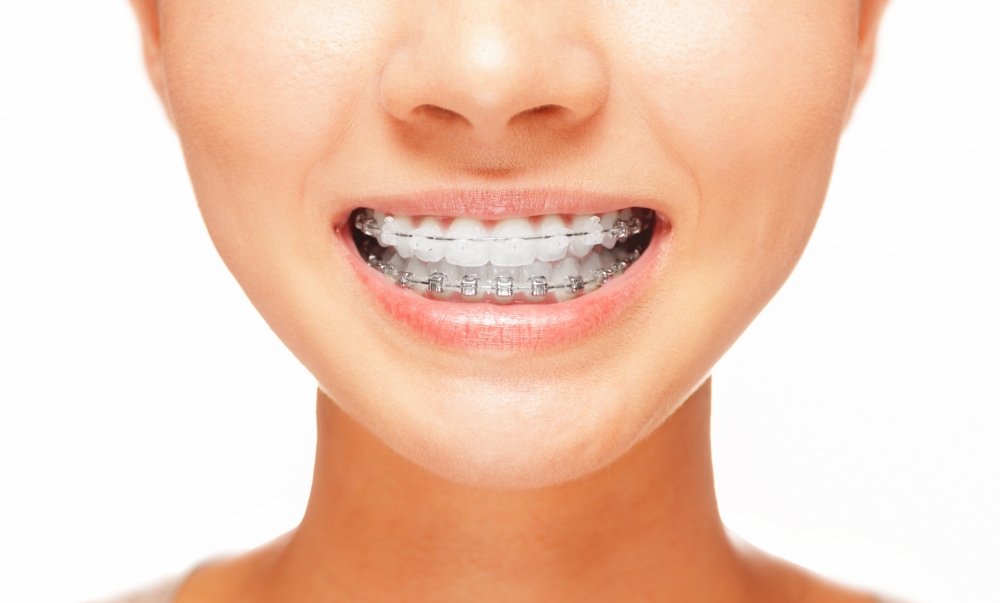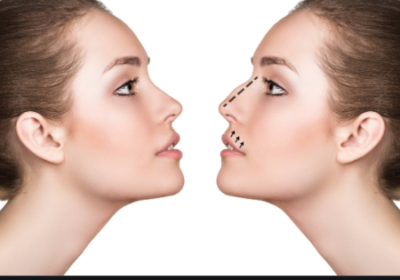If you’ve been experiencing pain in your jaw, especially when you try to open your mouth wide or chew food, then you may be suffering from a Temporomandibular Joint (TMJ) Disorder. This disorder can occur for a variety of reasons and may manifest painful symptoms. Fortunately, TMJ can be treated with orthodontics.
Read on to find more about the symptoms of TMJ. If you are experiencing any of the symptoms, then you should go to your orthodontist for treatment as soon as possible.
What is TMJ?
The temporomandibular joint (TMJ) is the hinge connecting your jaw to the temporal bones of your skull. These bones can be found in the front of each ear. Try feeling this joint out. This joint allows you to move your jaw (up and down, and side to side) and allows you to talk, chew, and so on.
TMJ disorders can be caused by injury to the muscles of your jaw, or to parts of the jaw. Sometimes, you can observe TMJ disorders because of stress. Whenever you grind or clench your teeth, you are adding harmful pressure to the joint.
What are the symptoms of TMJ?
Basically, you will experience pain and discomfort. You probably have TMJ if you notice problems when you try opening your mouth wide. Your mouth may have felt stuck in the open or closed position. Clicking, popping or grating sounds whenever you move the jaw are also symptoms of TMJ disorder.
Trouble chewing or a misaligned bite (you feel as if your upper and lower teeth don’t fit together) are also symptoms of TMJ, along with neck aches, shoulder pain and other symptoms.
How can you treat TMJ?
The first step to treating TMJ is to having your condition diagnosed correctly. This requires a visit to your orthodontist (which you should do anyway).
Your dentist may recommend a Dental X-ray or CT scan to give a clearer image of the bones involved. An MRI can be required to visualize the joint’s disk. Lastly, TMJ arthroscopy can be done. A small camera (arthroscope) would be inserted into the joint space to view the area.
After proper diagnosis, your orthodontist can prescribe the appropriate treatment. To relieve the pain, your dentist can give you medication. Pain relievers and anti-inflammatories, like NSAIDs, are stronger than non-prescription drugs.
Muscle relaxants can also help if you grind or clench your teeth. The causes of stress which creates the grinding habit can be addressed with anti-anxiety medication or antidepressants.
There are also nondrug therapies to address TMJ. Oral splints or mouth guards are plastic mouthpieces which can lessen the clenching and grinding. It can also correct your bite. Dental work like braces or crowns can also be done by your orthodontist.
If your TMJ isn’t addressed by these methods, there are some non-invasive surgical procedures that can be done, like arthrocentesis or TMJ arthroscopy. However, it’s always best to refer to the advice of your orthodontist about your condition.
Written by Dr. Darren Wittenberger, is the best orthodontist Columbia MO has to offer, and owner of his own practice, Advance Orthodontics. Dr. Wittenberger enjoys sharing his expertise to ensure people can maintain the healthiest, straightest teeth possible!







Recent Comments